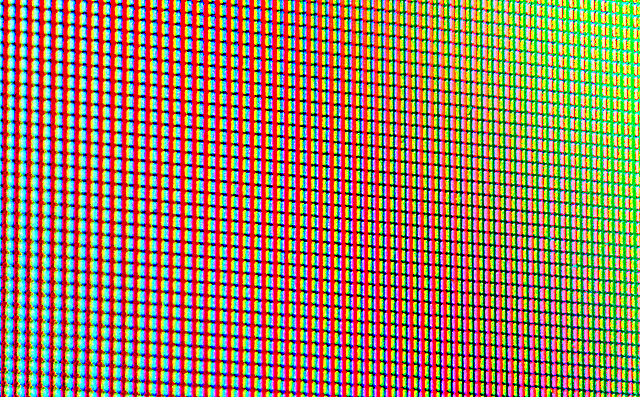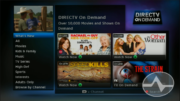Every couple of years the consumer electronics industry comes up with something they think “you just have to have.” Sometimes, something like HDTV comes around and they’re right, you’ve gotta have it. Sometimes, they come up with 3D and it’s just not that exciting.
The big talk this year is all about OLED. If your 2″ wide TV isn’t thin enough, how about a TV 1/8″ thick? That’s what OLED promises. Not only that, but OLED TVs look “amazing.” Remember how you felt when you saw high-definition? When you saw 1080p? OLED promises to bring that same feeling back.
What is OLED technology?
LCD technology is the base of most televisions sold today. In an LCD panel, there is a bright light on the side or back, and a series of very small masks open and close to show a dark or light picture. Because the light source is either a big fluorescent bulb or a series of tiny LEDs, the TV can be pretty thin. However, there’s a limit to LCD because the masks don’t hide 100% of the light behind them. While LCD TVs look amazing compared to old standard definition TVs, they still can’t get to the dark, dark black that home theatre fans crave.
LCD televisions are very efficient compared to tube televisions but that backlight (or sidelight) is always on, and that means it always uses power. So there is always lost efficiency. If you had to dream of how a TV “should be,” you’d imagine a TV where the light came directly from individual elements instead of being covered by a mask. When the elements weren’t being used, in other words in a very dark part of the picture, they would be off, saving power and giving the blackest possible black.
Your dream has come true, and it’s called OLED.
OLED and it stands for Organic Light Emitting Diode. OLEDs are like the LED indicator lights you see on everything from alarm clocks to car dashboards. There are differences, but they’re fairly technical. What you need to know is that OLED technology lets you have a ridiculously thin, ridiculously bright picture. How thin? Thinner than a cell phone, so thin that it almost disappears when viewed from the side.

Power usage for OLED TVs is much less than LCD TVs, because there isn’t the LCD mask layer and the elements only light up when you need them. Compared to a tube television, OLED TVs use only a tiny bit of power.
OLED does not equal LED TV.
A few years ago, products calling themselves “LED TVs” came on the market. While they are brighter and thinner than conventional LCD television, they’re not OLED. The difference between an “LED TV” and an LCD is that the LCD uses a fluorescent bulb for its light, “LED TVs” use white LEDs that are brighter and thinner.
By the way, most people call the light source for flat televisions a “backlight.” It would be great if every LCD television had a backlight. A backlight would technically be a light source that went behind the entire panel. Unless you have a high-end model, your TV is actually lit using a light source on the side and a very long mirror. This technique makes for thinner TVs but can make your TV’s colors look blotchy.
But, is it worth it?
Right now OLED TVs are roughly 3 times more expensive than regular LCD televisions, and they’re hard to find. Of course they’re not worth that big of a price difference. But remember, it wasn’t that long ago that any flat television would set you back about $15,000. OLED TVs will come down in price eventually, and it won’t be long before they’re affordable enough for a true comparison.





